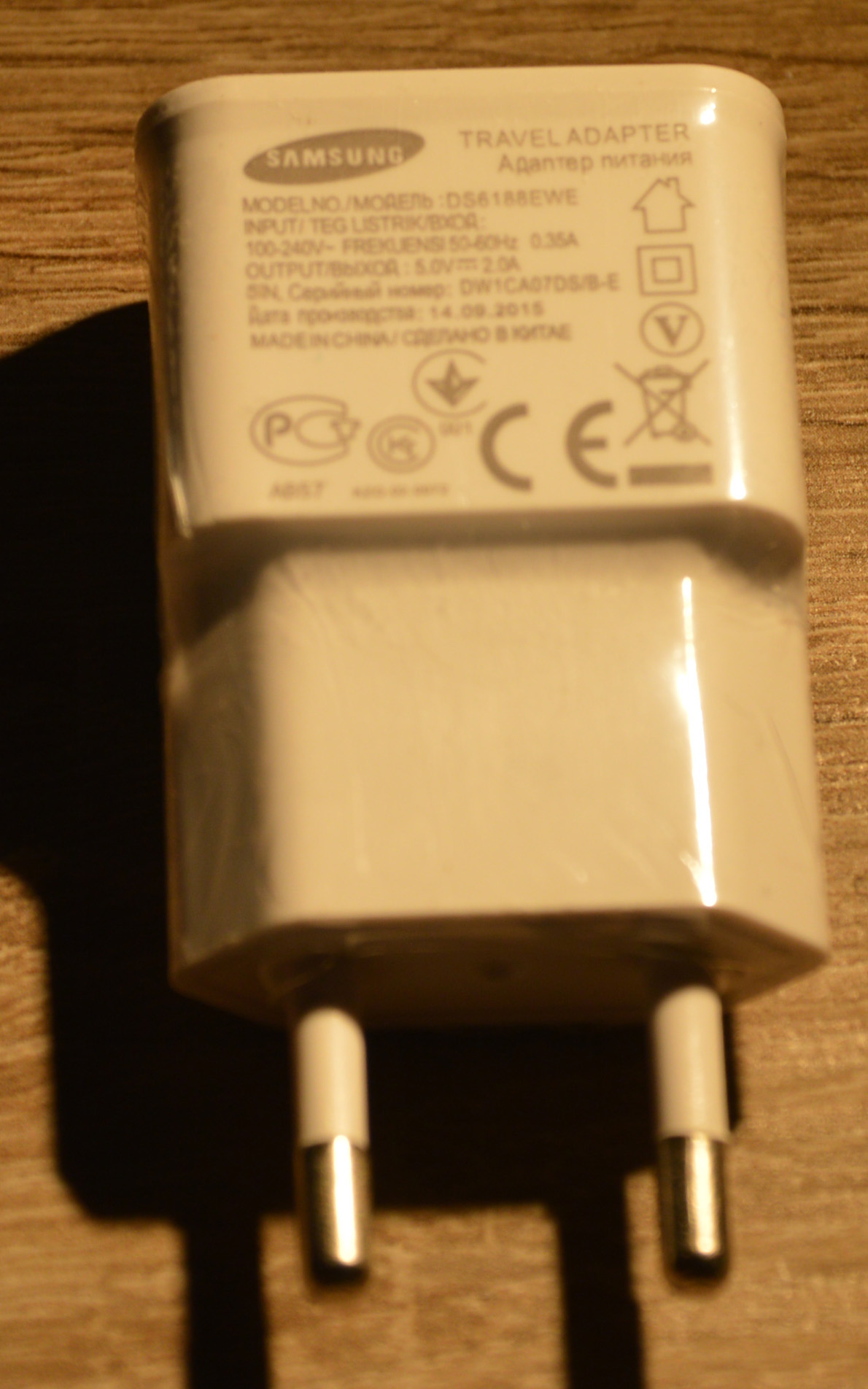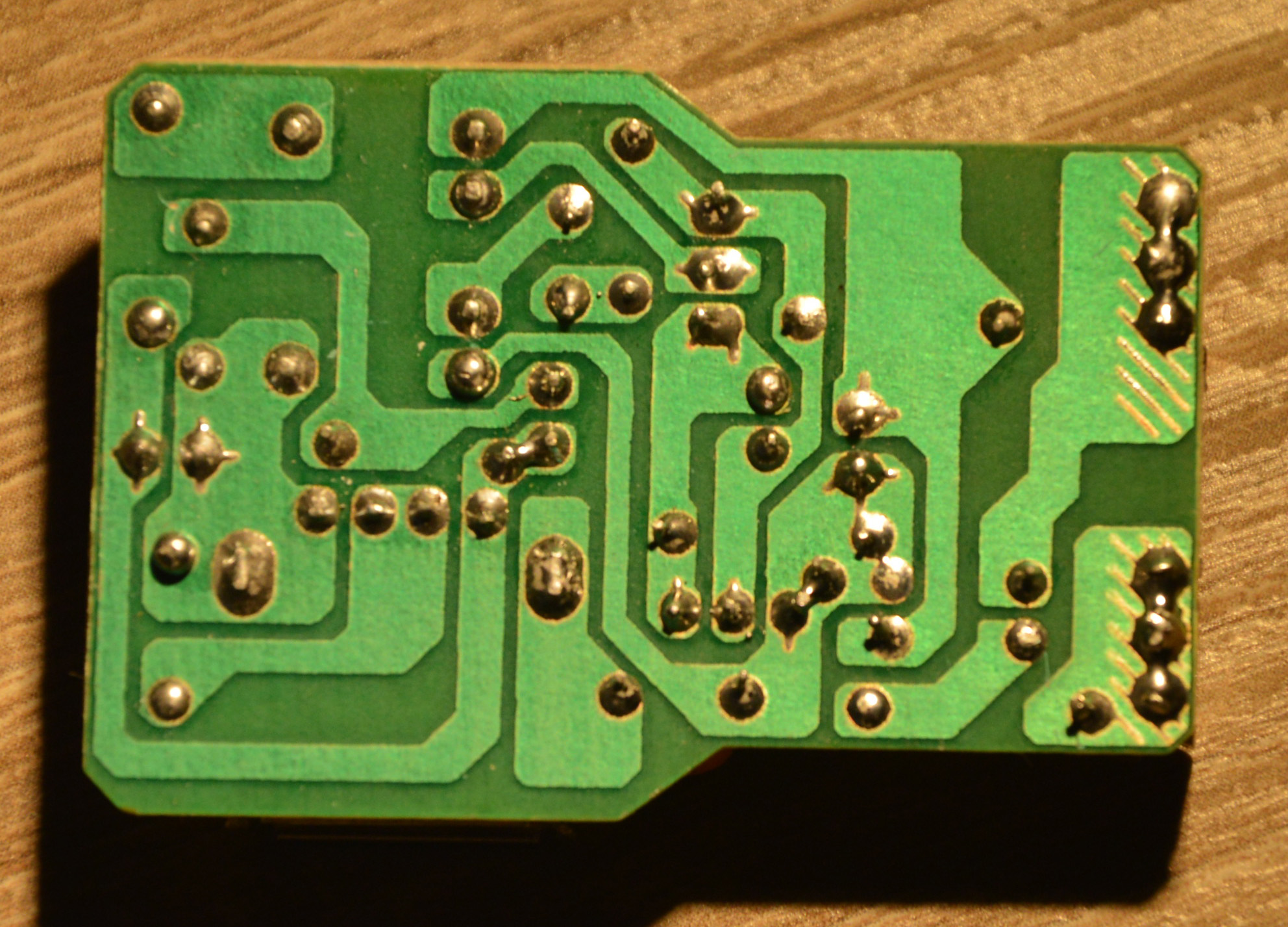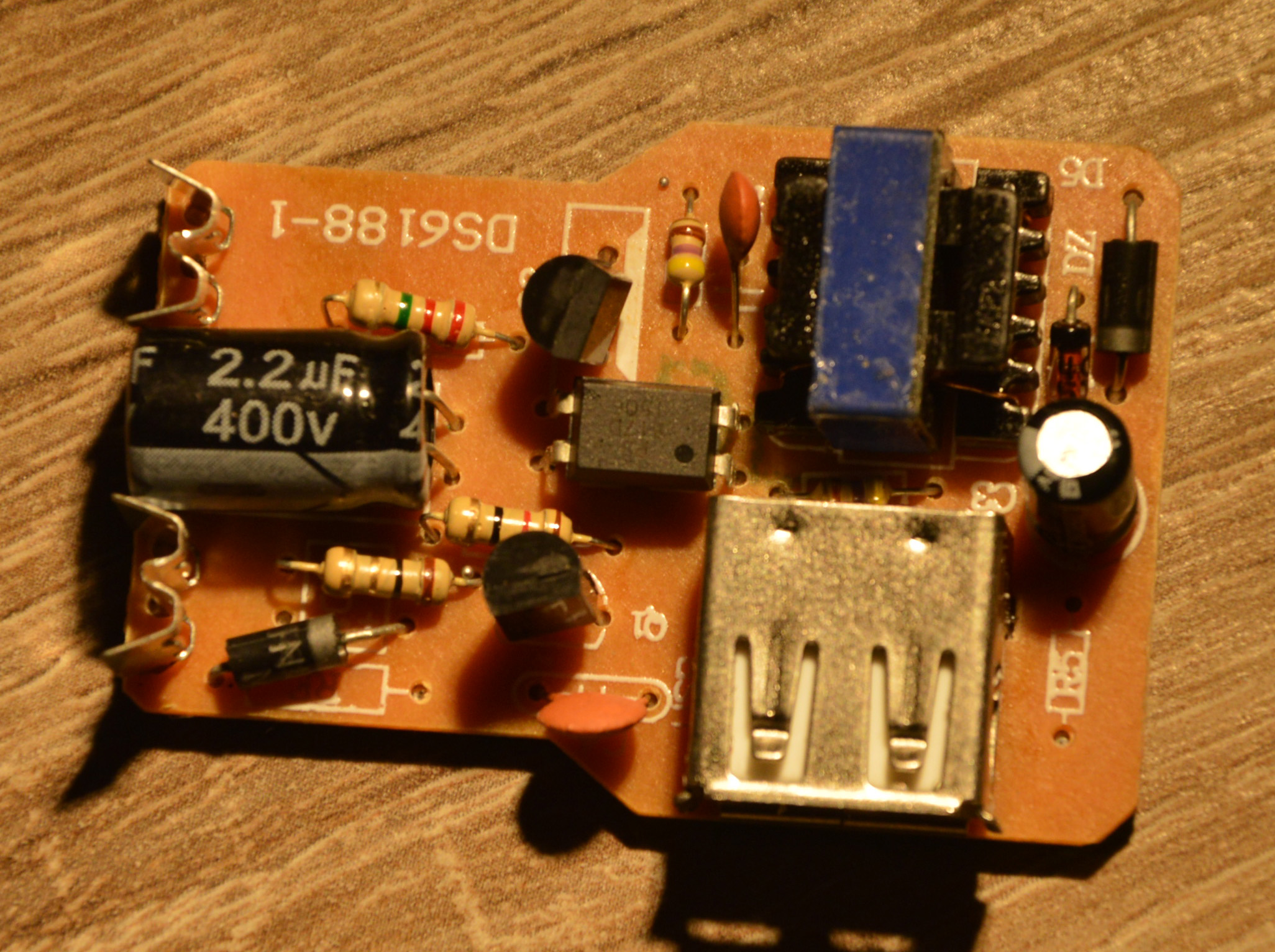Are Chinese power supply chargers that dangerous to use ?
-
@AWI Why are "transformless" more safer than using a transformer ?
I can see also from the article that it can't supply more than 20-40 mA.
Thanks.@ahmedadelhosni Is was meant as an example for what the 433MHZ are using. A important part of the safety comes from the isolation between the high and low voltage side. Isolation is out of the safety equation here (there is none).
For many uses (including some MySensors designs) a few mA is more that sufficient. But you need to know what you are playing with before trying :skull:
-
@ahmedadelhosni Is was meant as an example for what the 433MHZ are using. A important part of the safety comes from the isolation between the high and low voltage side. Isolation is out of the safety equation here (there is none).
For many uses (including some MySensors designs) a few mA is more that sufficient. But you need to know what you are playing with before trying :skull:
@AWI Can isolation be something like charger number 3 ?
Till now I don't know what is dangerous when I use one of the above chargers ? Will it cause fire and how ?
-
@petewill I would be pleased if you could share your experience with phone adapters as you have create a sensor node outlet before using a phone charger. Was it fake or original ? Did you face any problem till now or did you change it later ? Any info will be helpful ofcourse.
Thanks.@ahmedadelhosni said:
@petewill I would be pleased if you could share your experience with phone adapters as you have create a sensor node outlet before using a phone charger. Was it fake or original ? Did you face any problem till now or did you change it later ? Any info will be helpful ofcourse.
I have used many phone chargers in my projects. They are all original chargers that I picked up from the recycle bin at work. I have never had any issues.
I started the post for safe in wall transformers to find a good solution because I don't want to use a phone charger in the wall. The HLK was decided as the best solution. It was tested by a third party (you can find the link in the thread) and said to be safe. I personally haven't used on in a project yet (too many projects, not enough time) but I plan to soon.
Hopefully that helps.
-
@ahmedadelhosni said:
@petewill I would be pleased if you could share your experience with phone adapters as you have create a sensor node outlet before using a phone charger. Was it fake or original ? Did you face any problem till now or did you change it later ? Any info will be helpful ofcourse.
I have used many phone chargers in my projects. They are all original chargers that I picked up from the recycle bin at work. I have never had any issues.
I started the post for safe in wall transformers to find a good solution because I don't want to use a phone charger in the wall. The HLK was decided as the best solution. It was tested by a third party (you can find the link in the thread) and said to be safe. I personally haven't used on in a project yet (too many projects, not enough time) but I plan to soon.
Hopefully that helps.
@petewill Thanks a lot for your reply. This helps of course.
I guess also the HLK alone is not enough. The other thread which I posted in the main thread used extra fuses and varistors to secure the circuit.Regarding the third party. You mean this website ? http://lygte-info.dk/
-
@petewill Thanks a lot for your reply. This helps of course.
I guess also the HLK alone is not enough. The other thread which I posted in the main thread used extra fuses and varistors to secure the circuit.Regarding the third party. You mean this website ? http://lygte-info.dk/
-
@ahmedadelhosni Yes, I think it is wise to use the extra components in the circuit.
Yep, that's the site.
@petewill Thanks a lot. I actually read all the replies in your thread and I now understands safety requirements better than before.
Waiting for your great projects :)
-
@petewill Thanks a lot. I actually read all the replies in your thread and I now understands safety requirements better than before.
Waiting for your great projects :)
@ahmedadelhosni It is a long thread :)
I am torn between all the projects on my list. I thought I would have more time this winter but so far that hasn't been the case. I am still hoping to get to this one soon but a few others have taken priority :(
-
Hi,
3 weeks ago I ordered some $0.99 USB power supply from Aliexpress: http://www.aliexpress.com/item/Hot-5V-2A-Travel-Convenient-EU-Plug-Wall-USB-Charger-Adapter-For-Samsung-galaxy-S5-S4/32362543740.htmlToday arrived. I opened and I think it is not bad, isn't it?



-
Hi,
3 weeks ago I ordered some $0.99 USB power supply from Aliexpress: http://www.aliexpress.com/item/Hot-5V-2A-Travel-Convenient-EU-Plug-Wall-USB-Charger-Adapter-For-Samsung-galaxy-S5-S4/32362543740.htmlToday arrived. I opened and I think it is not bad, isn't it?



@icebob After I have read almost most of the replies in the thread "safe in wall ... " I would tell you don't ever use this. This is even worse that charger number 1 and 2 which I posted above.
After reading about safe circuits. The idea is that you need to protect all your component from damage and to avoid any overheating + you want a clean steady output.
What i see now that there is no fuse nor varistor components at the AC input. The circuit uses only one diode for rectifying - the one at the upper right - not too bad but I read that a full wave rectifier with four diodes gives cleaner output. Other good circuits have an IC to control the output with feedback and has inbuilt over voltage / over current / over thermal protection. This one uses only transistor with - I guess - the other transistor for feedback. Another bad thing is that there is no isolation at all between high side voltage and low side voltage. The optocoupler in the middle should handle this in a better circuit desing, plus, there is no Y capacitor for isolation. ( See charger number 3, you will find an empty space in the middle and a blue component which is the Y capacitor )
Thus this is a really simple AC to DC charger but with less protection and probably won't provide you with stable voltage. I don't encourage you to use this. You can check the two threads in my origianl post. They use HLK which is a great circuit design as a step down converter.
-
@ahmedadelhosni thank you for you explanation. I won't use it.
-
@ahmedadelhosni thank you for you explanation. I won't use it.
@icebob you are welcome. I am not an expert but that is a breif of what I have understood after reading the thread safe in wall...
-
one led driver nearly exploded through my head once ... some vendors are now showing this:
http://www.aliexpress.com/item/100-genuine-Original-2A-EU-Plug-Wall-Charger-USB-Power-Adapter-Travel-For-Samsung-S4-I9500/2048345033.html -
one led driver nearly exploded through my head once ... some vendors are now showing this:
http://www.aliexpress.com/item/100-genuine-Original-2A-EU-Plug-Wall-Charger-USB-Power-Adapter-Travel-For-Samsung-S4-I9500/2048345033.html -
@m26872 hehehe yeah right :) Actually I can't see an IC in the original one while the fake one has IC and fuse :D maybe hidden at the back or something. but 9$ are a lot though.
-
Hello, is this Samsung USB charger fake or real ? It was purchased in retail store, not eBay...
